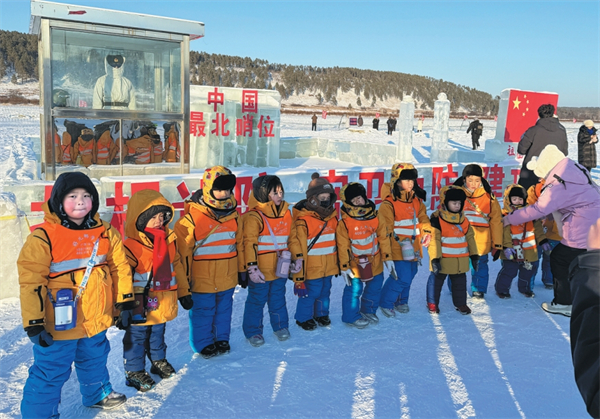Home>Harbin Today
Harbin New Zone gets administrative enforcement team
Updated : 2020-06-11
By ( e.my399.com )

An administrative law enforcement team with wide-ranging powers was officially established on June 8 in Harbin New Zone – located in the capital city of China’s northernmost Heilongjiang province – in a bid to improve its business environment, according to local officials.
Officials said the new team comprises more than 400 administrative enforcement officers, who will collectively exercise the functions of more than a dozen departments.
Their powers cover 67 coordinated regulatory enforcement matters in urban management, market supervision, agriculture, forestry and water affairs, social affairs and professional technology.
They will have jurisdiction over 3,389 specific areas, with authorized powers to impose administrative penalties and carry them out.

Officials said that establishment of the team marked a new direction for the zone’s management – under which the functions and powers of examinations, approvals, supervision and administrative enforcement in Harbin New Zone are clearly demarcated and balanced.
They said the initiative was a breakthrough for the zone in simplifying decentralized admin, as well as providing innovative supervision and optimized administrative services – adding that it would help enhance the overall business environment.
Located on the north banks of the Songhua River in Harbin, Harbin New Zone is the only national-level new zone with the theme of cooperation with Russia – which shares a border with the province – and the northernmost national-level new area in China.
Establishment of the zone, which has a planned area of 493 square kilometers, is part of a new round of strategies in China to revitalize the country’s old northeastern industrial base and promote the wider construction of the Belt and Road Initiative.

Harbin ramps up childcare services
A new comprehensive service center for childcare in Harbin is expected to be finished by the end of the year.
-
Talent policies drive enterprise development in Harbin
Harbin's "30 New Talent Policies" represents an iterative upgrade to the talent policy system, helping attract and retain talent to bolster economic and social development.
-
Official website of 2025 Asian Winter Games goes live
Harbin, the host city of the 9th Asian Winter Games, has announced that the official website for the 2025 event has recently gone live.
-
Harbin launches measures to facilitate more foreign trade
In the first three quarters of 2023, the total import and export value of Heilongjiang province's goods trade hit 218.22 billion yuan.





